Pathophysiology > QUESTIONS & ANSWERS > Ch 6 Pathophysiology Test Bank. Graded A+ (All)
Ch 6 Pathophysiology Test Bank. Graded A+
Document Content and Description Below
Multiple Choice Identify the choice that best completes the statement or answers the question. ____ 1. Bacteria that form an irregular cluster of spheres are called: a. bacilli. b. diplococci. c.... staphylococci. d. streptococci. ____ 2. A strict anaerobe requires which specific environment? a. A dry environment b. An acidic medium c. Air at a temperature less than 61 F/16 C d. The absence of oxygen ____ 3. The presence of the bacterial capsule: a. aids in the release of endotoxins. b. protects the microbe from phagocytosis. c. increases the release of toxins and enzymes. d. prevents replication of the bacterium. ____ 4. Microbial mutation means that: a. genetic information has changed. b. pathogens become nonpathogens. c. the microbe survives adverse conditions but can no longer replicate. d. the immune response to that microbe is strengthened. ____ 5. A bacterial endospore can: a. also be classified as an acid-fast bacterium. b. exist in latent form inside a host cell. c. reproduce very rapidly. d. survive high temperatures and a dry environment. ____ 6. The structure of a virus includes: a. a cell wall and membrane. b. metabolic enzymes for replication. c. a protein coat and either DNA or RNA. d. a slime capsule and cilia. ____ 7. What method do viruses use to replicate? a. Binary fission b. Budding of a daughter cell from the parent viral cell c. Producing reproductive spores d. Using a host cell to produce and assemble components This study source was downloaded by 100000773243632 from CourseHero.com on 03-25-2022 02:51:05 GMT -05:00 https://www.coursehero.com/file/17566406/Ch-6-Pathophysiology-Test-Bank/ ____ 8. A retrovirus such as HIV contains: a. RNA and enzymes for its conversion. b. a double strand of DNA. c. many enzymes to limit budding of new virions. d. numerous mitochondria. ____ 9. How do antiviral drugs act? a. They interfere with cell wall development. b. They decrease cell membrane permeability. c. They destroy new, immature viral particles. d. They reduce the rate of viral replication. ____ 10. Which statement applies to yeasts? a. They are usually considered to be pathogenic. b. They seldom contain a distinct nucleus. c. They may cause opportunistic infection in the body. d. They are normally not found in large numbers in resident flora. ____ 11. Fungi reproduce by: 1. budding. 2. extension of hyphae. 3. binary fission. 4. production of spores. a. 1, 2 b. 2, 4 c. 1, 2, 4 d. 2, 3, 4 ____ 12. Which of the following is NOT classified as a protozoan agent of disease? a. Plasmodium vivax b. Trichomonas vaginalis c. Tinea pedis d. Entamoeba histolytica ____ 13. Which of the following is a characteristic of rickettsia? a. It is a very small gram-negative intracellular microbe. b. It exists in three forms. c. It causes sexually transmitted disease. d. It reproduces by budding. ____ 14. Entamoeba histolytica is transmitted by which of the following? a. Mosquitoes (bites) b. Inhaling contaminated particles c. Sexual intercourse d. Cysts in feces This study source was downloaded by 100000773243632 from CourseHero.com on 03-25-2022 02:51:05 GMT -05:00 https://www.coursehero.com/file/17566406/Ch-6-Pathophysiology-Test-Bank/ ____ 15. Which of the following is a characteristic of resident or normal flora (microflora)? a. It exists in all areas of the body. b. Different species inhabit various areas of the body. c. It is of no benefit to the human host. d. It consists only of bacteria. ____ 16. Which of the following is normally considered sterile? a. Urine b. Pharynx c. Distal urethra d. Vagina ____ 17. The term nosocomial infection means: a. transmission involves an insect or animal host. b. acquired in a hospital or medical facility. c. transmitted by a fomite. d. spread by direct contact with secretions from an open lesion. ____ 18. Transmission of microbes by direct contact includes: a. touching a contaminated countertop. b. sexual intercourse. c. drinking contaminated water. d. inhaling dust-borne microbes. ____ 19. What does the term carrier mean? a. A person with active infection who acts as a reservoir for microbes b. Animals, insects, objects, or surfaces contaminated by pathogens c. An individual who is contagious through infected secretions on the hands d. An asymptomatic person whose body harbors pathogens and can transmit them to others ____ 20. Opportunistic infection may develop when: a. pathogens enter the body but cannot colonize the site of entry. b. an imbalance occurs in the normal resident flora. c. host resistance increases, and the balance of resident flora is restored. d. contaminated food or water is unknowingly ingested. ____ 21. Host resistance is promoted [Show More]
Last updated: 1 year ago
Preview 1 out of 9 pages
Instant download
.png)
Buy this document to get the full access instantly
Instant Download Access after purchase
Add to cartInstant download
Reviews( 0 )
Document information
Connected school, study & course
About the document
Uploaded On
Mar 25, 2022
Number of pages
9
Written in
Additional information
This document has been written for:
Uploaded
Mar 25, 2022
Downloads
0
Views
40

.png)
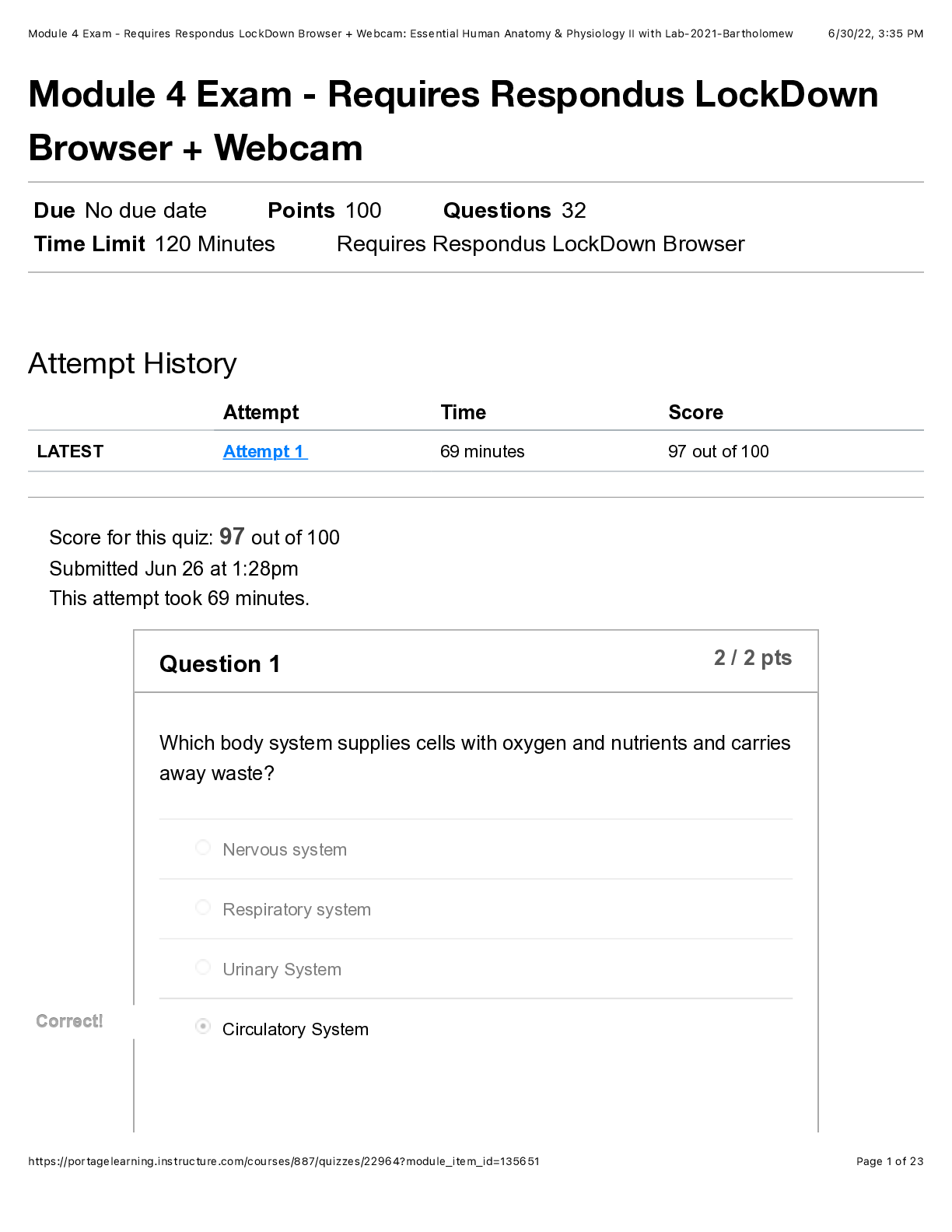
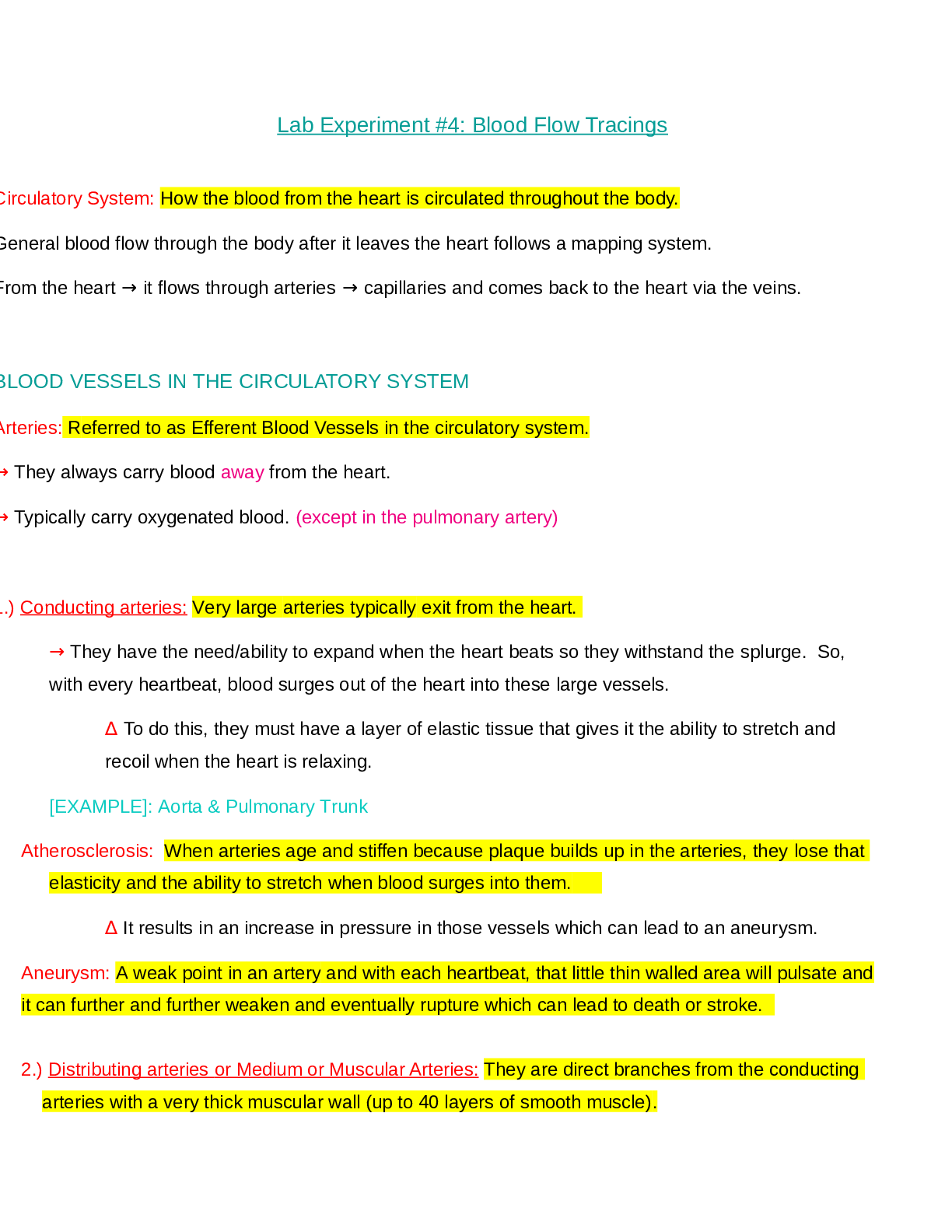

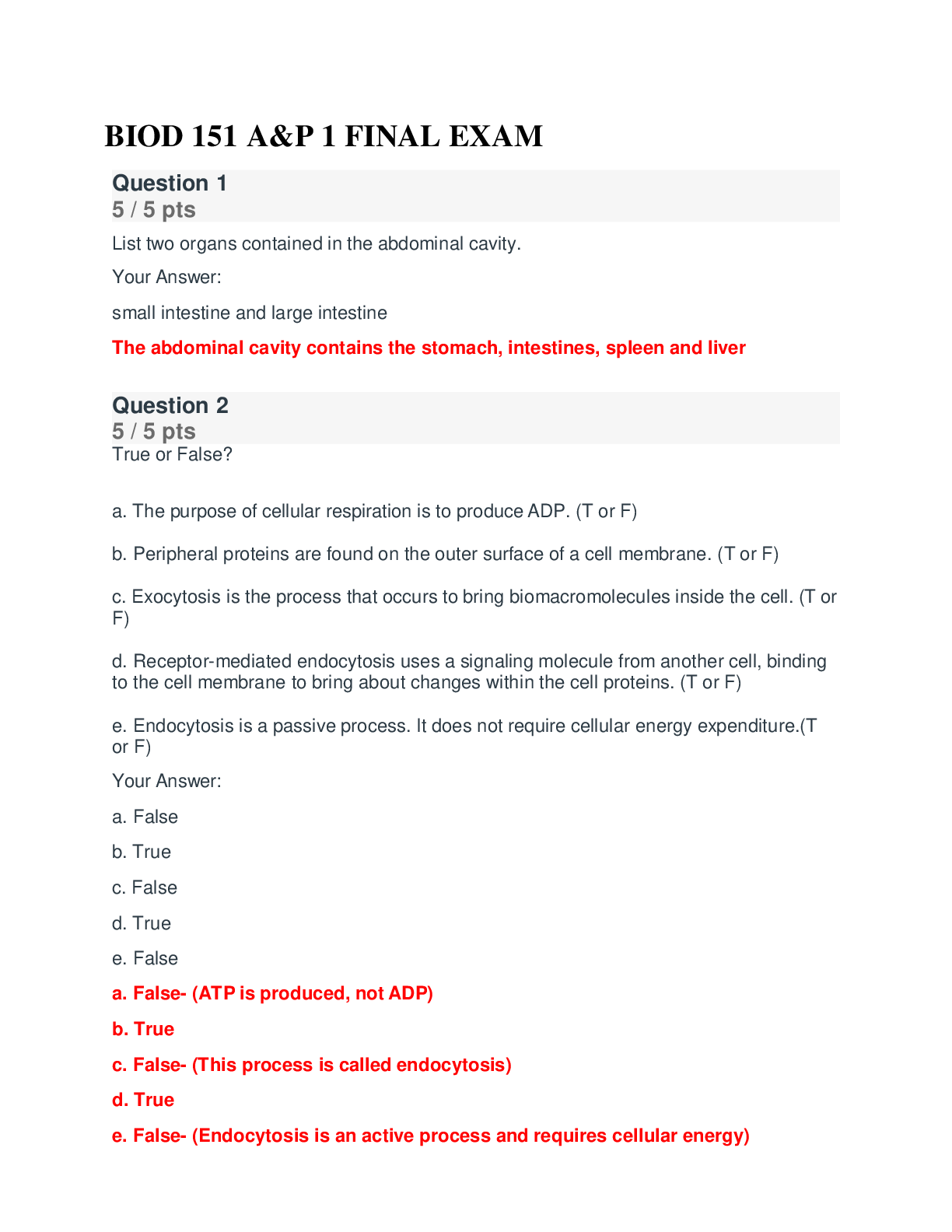
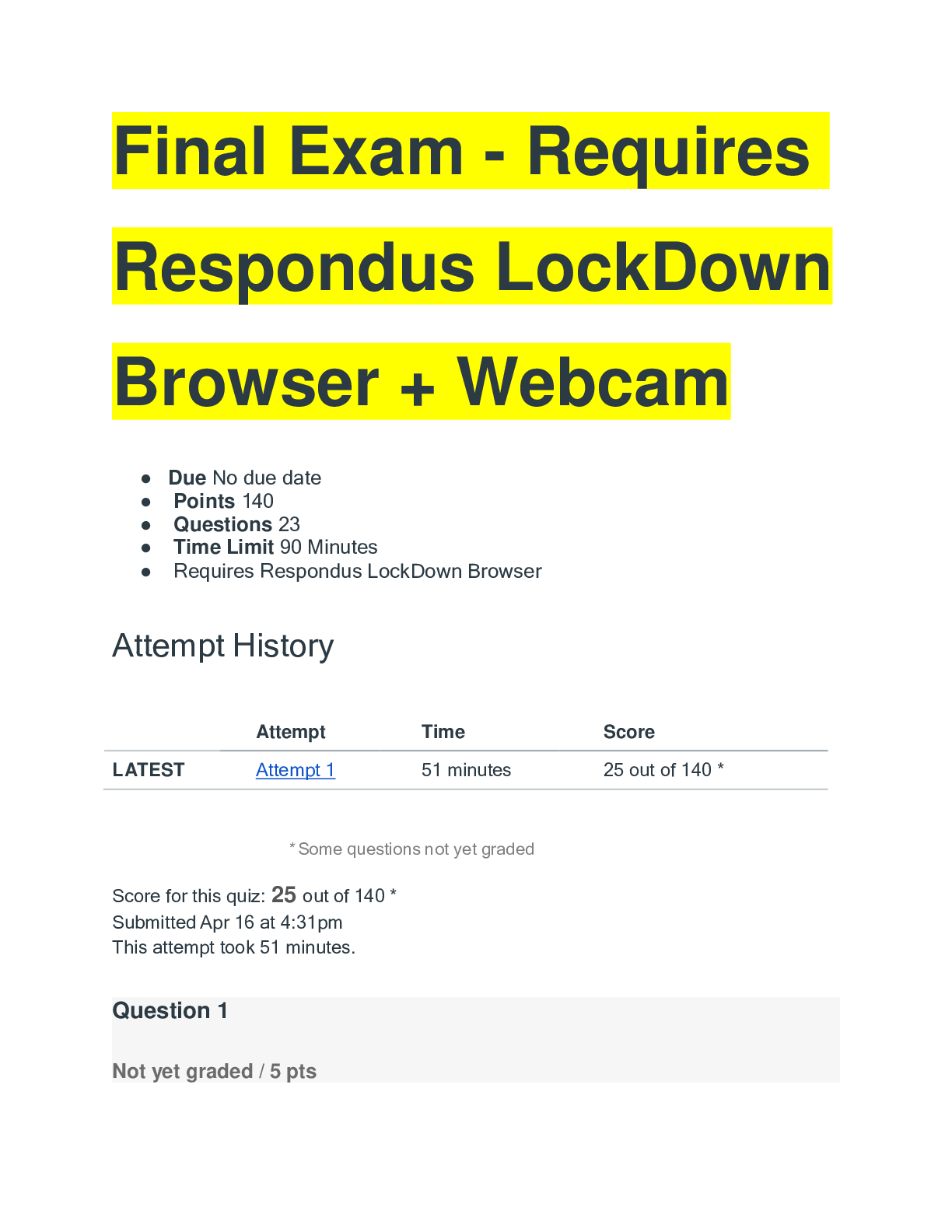


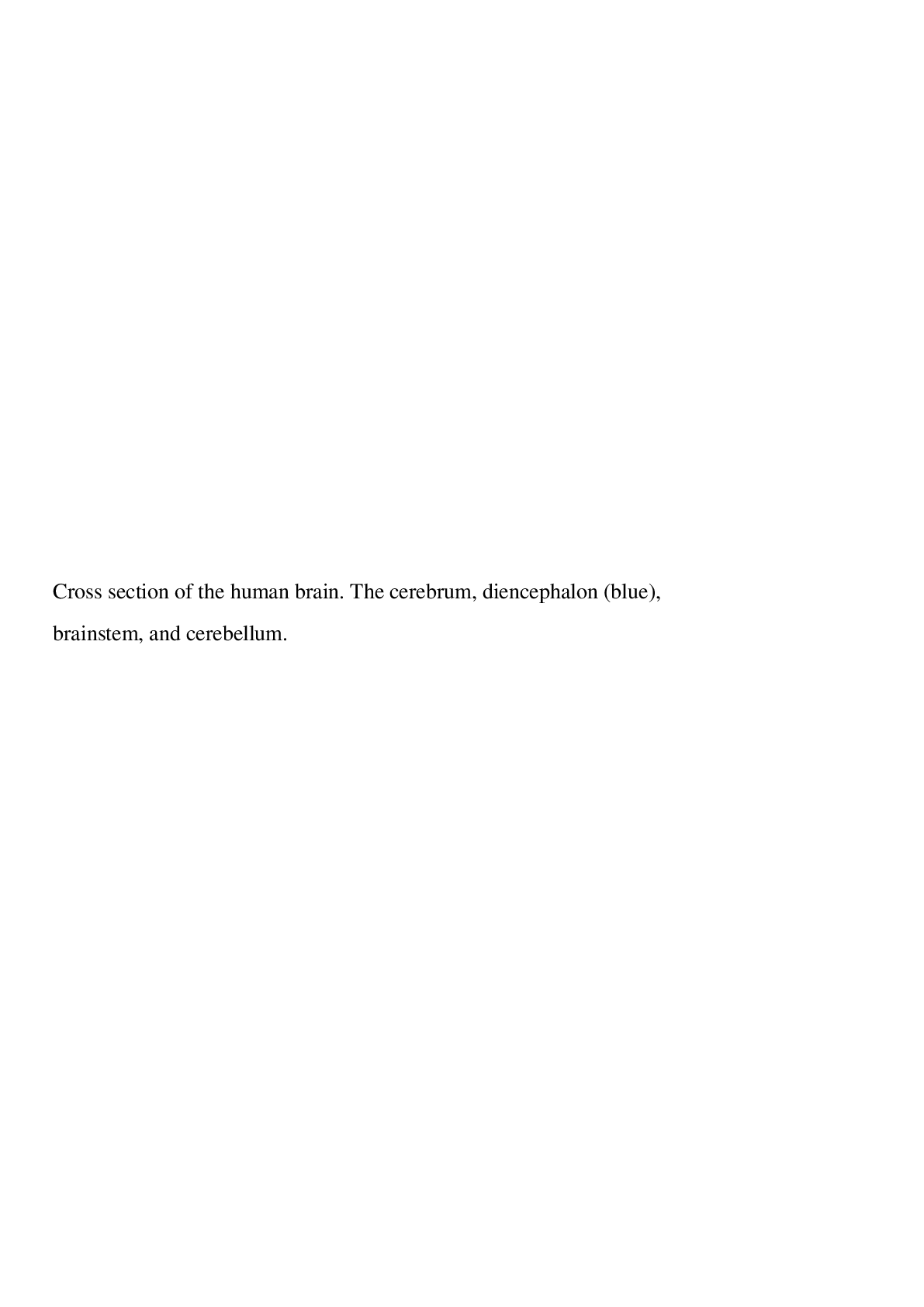
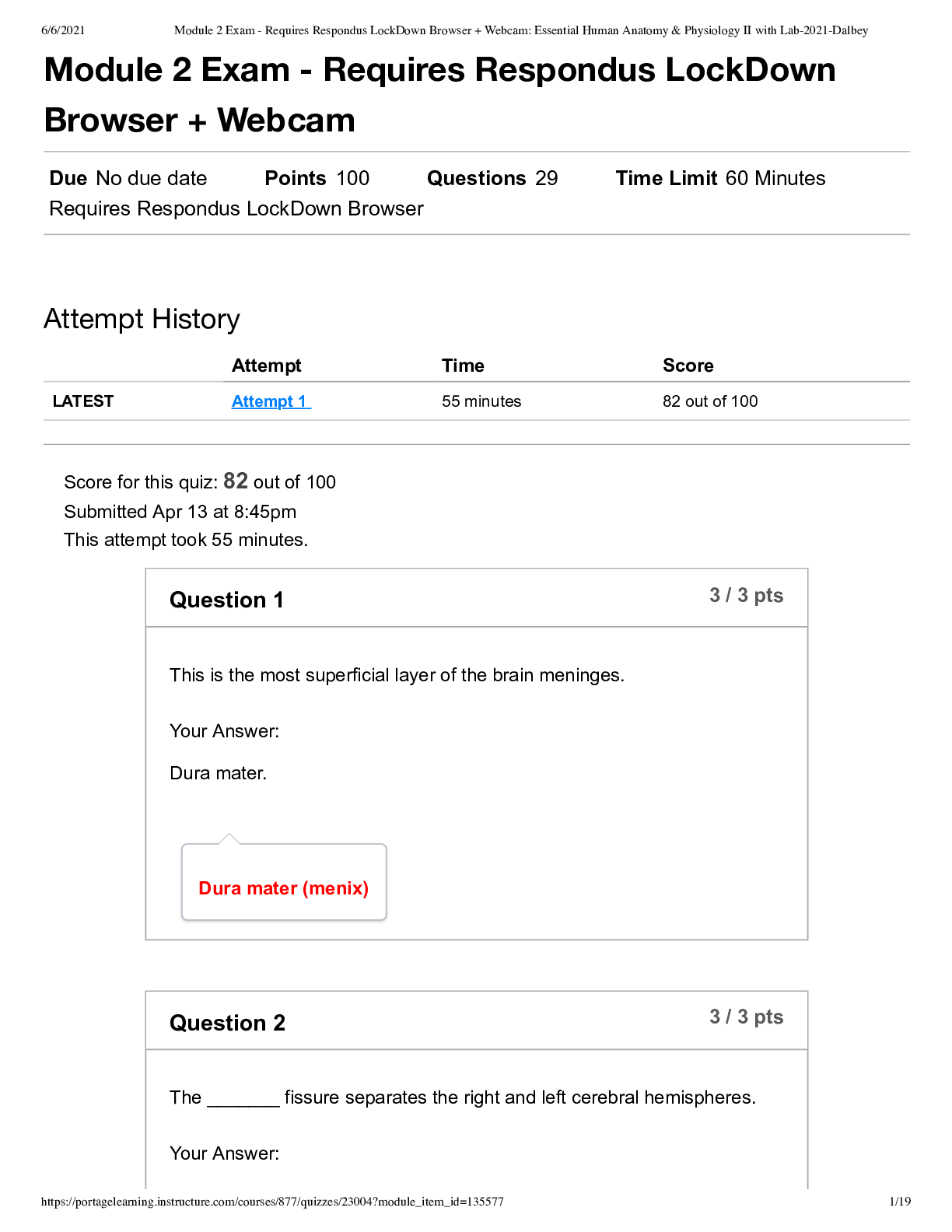
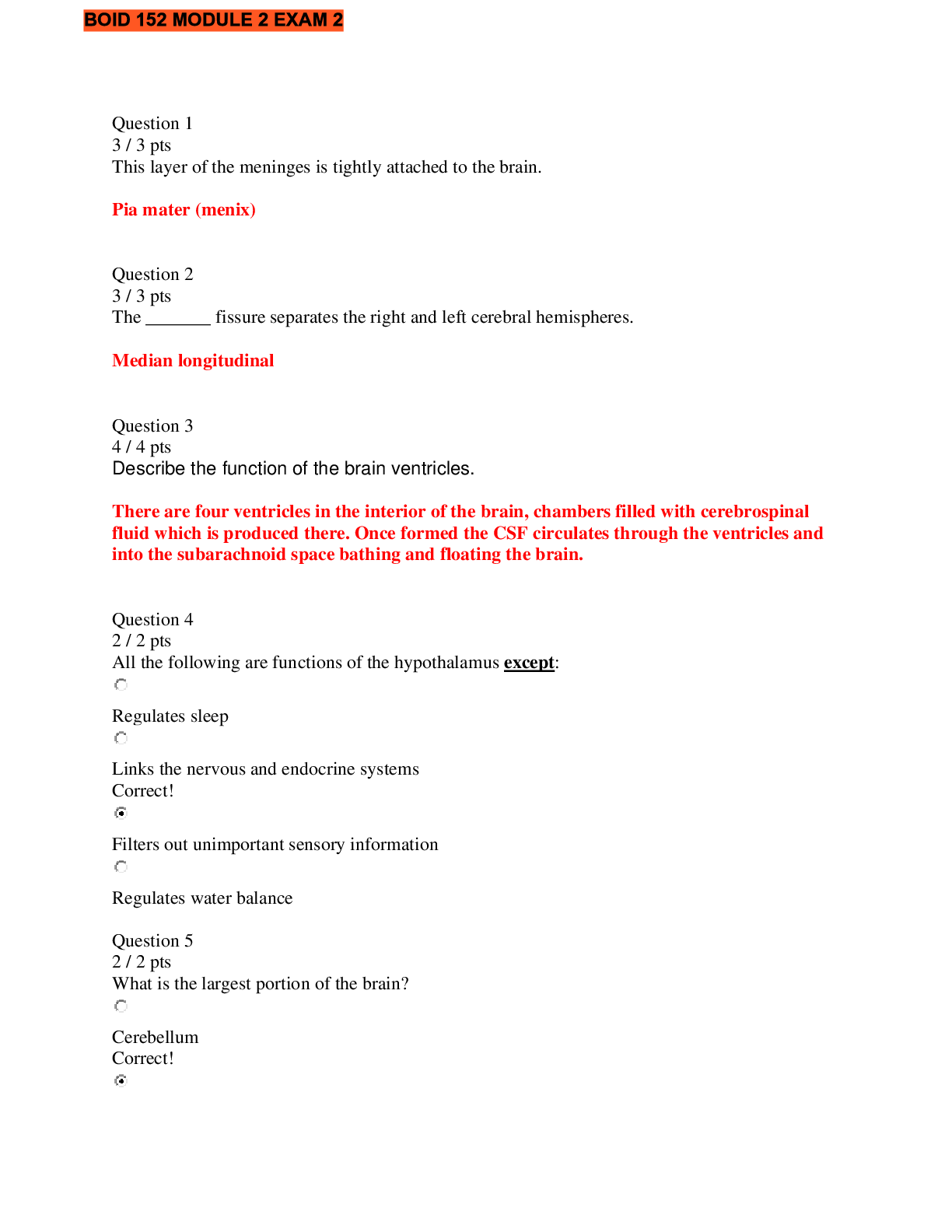
.png)
.png)
.png)
.png)
.png)
.png)

